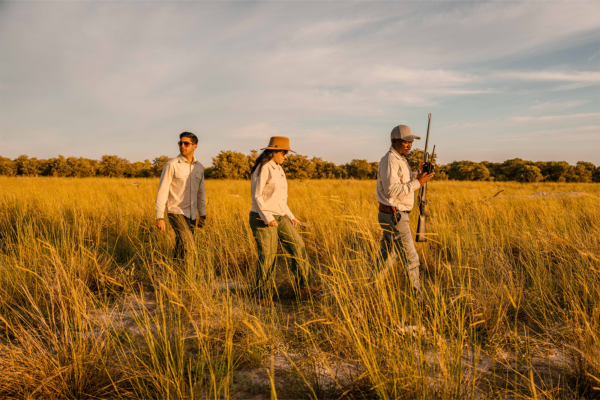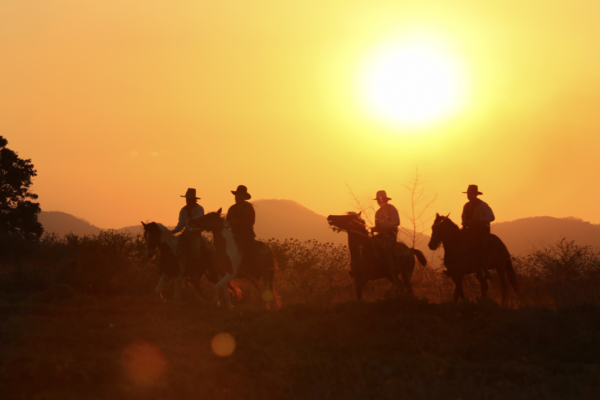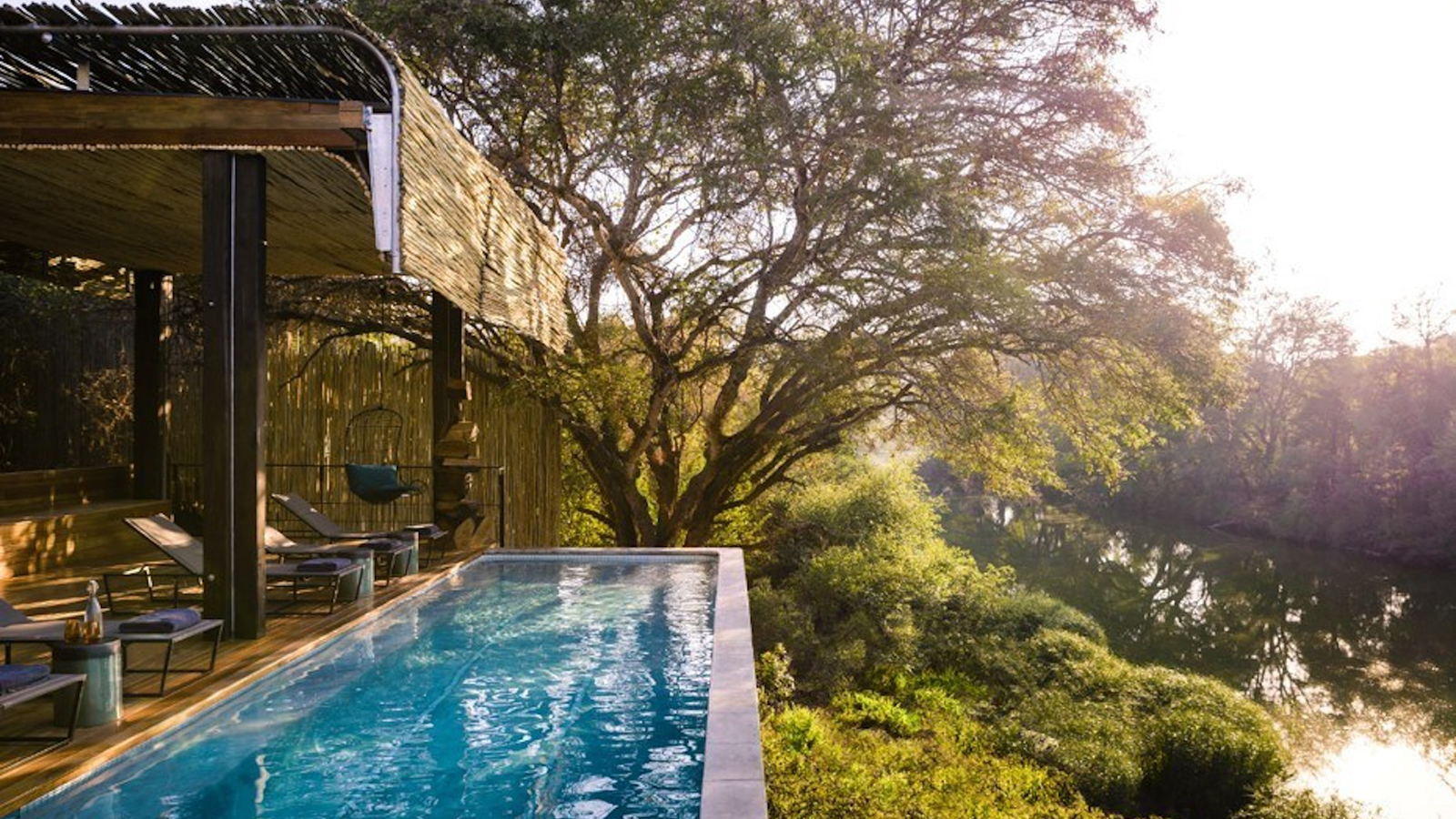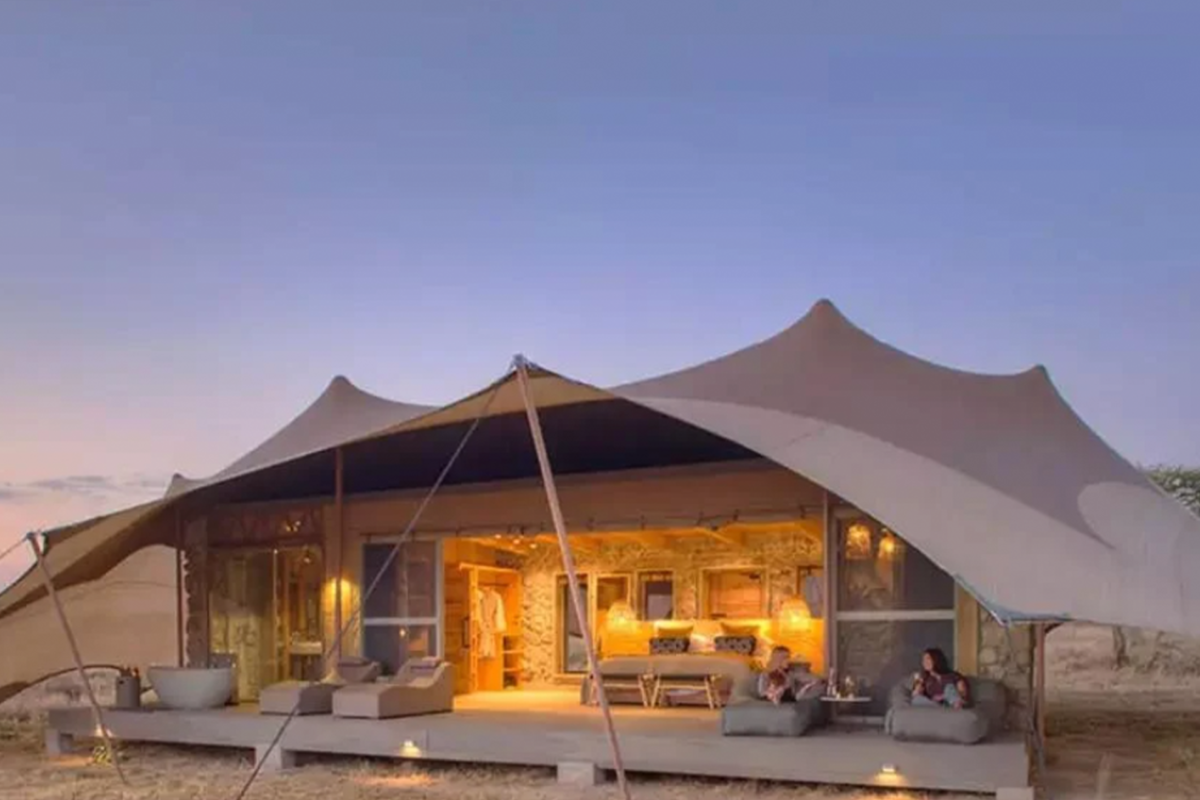NGORONGORO
Ngorongoro
The Ngorongoro Conservation Area in Tanzania is a UNESCO World Heritage Site renowned for its stunning landscapes and diverse wildlife. Formed almost 2.5 million years ago it has the world’s largest volcanic caldera (cavity). A spectacular landscape teeming with wildlife, Ngorongoro is unmissable.
Ngorongoro at a glance
Wildlife
The Ngorongoro is an intricate self-sustaining ecosystem, that nourishes a booming wildlife population. Home to Big 5, it is one of the best places on earth to see black rhinos in their natural habitat. Birdlife is abundant with over 500 species found in the crater, especially the large congregation of flamingoes in Lake Magadi.
Vegetation
Ngorongoro is a mix of volcanic craters, highlands, and lush plains. The crater is surrounded by steep walls covered in dense forests. The crater floor features grassy plains, swamp lands, and soda lakes. The unique mix and entrapping nature of the landscape make it a haven for huge congregations of wildlife and birds.
Tap Here To Enquire
Plan Your Journey to Ngorongoro
Ameliya is a Luxury Safari Outfitter, and we seek to deliver the finest wildlife experience combined with world class hospitality. Our luxury Ngorongoro safari starts at USD $1000 per person per night all inclusive. Help us plan your next luxury trip to Ngorongoro today.
THINGS TO DO
Harmony in Co-existence
The Ngorongoro Conservation Area, unlike other National Parks of Tanzania, allows the Indigenous Maasai tribe to stay inside the protected area, fostering a model of coexistence between humans and wildlife.
SEASONS



Dry Season
March to June & November
Green Season
July to October
Transition Season
January to February
OUR ACCOMMODATIONS
Book an Ameliya Experience
From the moment you start planning your journey with Ameliya, we’re with you every step of the way, fine-tuning the itinerary according to your level of comfort, and booking accommodations to suit your level of exclusivity. While the remote team handles your bookings, transfers, and viewing arrangements, our ground team is by your side, 24×7, for anything you may need, from start to finish.
Ready to take the next step?











